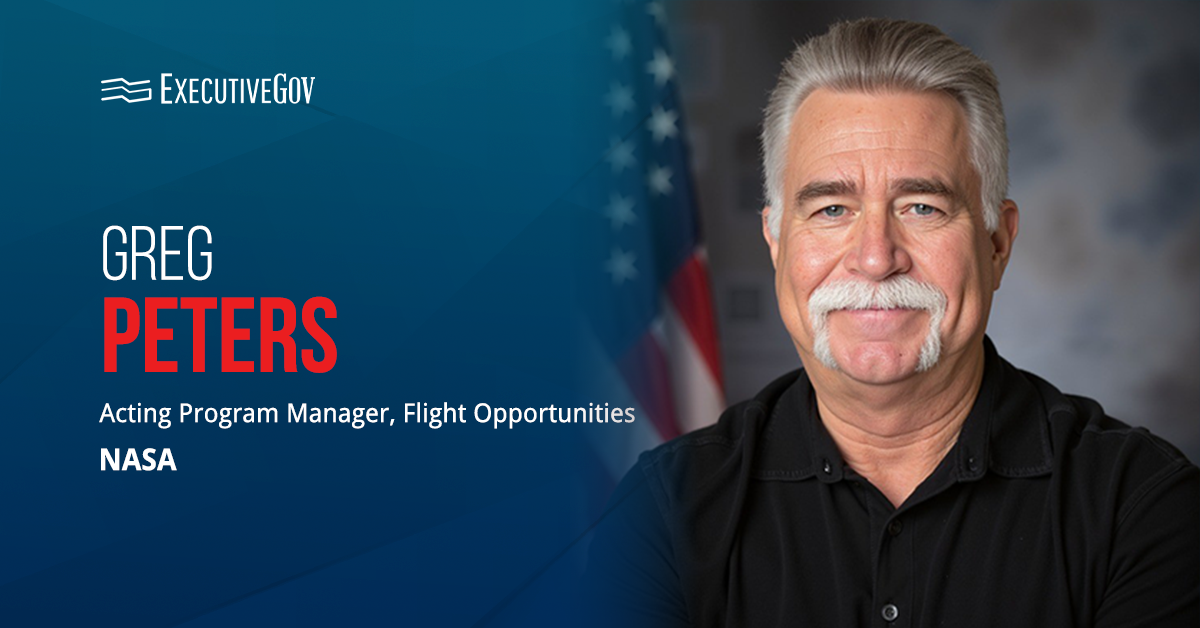NASA has included critical payloads in a flight test that simulated lunar gravity to prepare them for the Moon and other space exploration missions.
During the test, Blue Origin’s New Shepard reusable rocket was launched in Texas to replicate the Moon’s gravity during a suborbital flight, NASA said Tuesday. The experiments include technologies and instruments, which experienced around two minutes of lunar gravity forces without going to the Moon.
The New Shepard capsule used its reaction control system to spin up to 11 revolutions per minute and simulate one-sixth of Earth’s gravity.
Preparing Tech for Lunar Explorations
The flight test was provided with sufficient support to expand the available vehicle capabilities and ensure technologies are ready for lunar exploration, according to Danielle McCulloch, program executive at NASA’s Flight Opportunities program. She added that the experiment was designed to achieve a test environment that is similar to a mission’s operating environment.
Greg Peters, acting program manager for Flight Opportunities, noted that an extended period of simulated lunar gravity is a critical test regime for NASA. “It’s crucial to reducing risk for innovations that might one day go to the lunar surface,” he explained.
Among the payloads tested in Blue Origin flight is the Lunar-g Combustion Investigation, which seeks to understand material flammability on the Moon. Such knowledge is an important component of astronaut safety on the Moon and would inform the design of potential combustion devices there.





